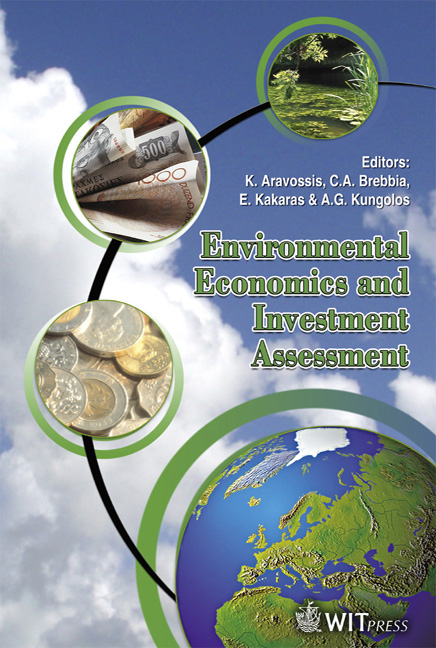Ecological Capacity Measurements As Useful Tools Of Planning Land Management In A Lake District: Iława Landscape Park Case Study A. Czarnecki, M. Luc & A. Lewandowska-Czarnecka
Price
Free (open access)
Transaction
Volume
98
Pages
10
Published
2006
Size
652 kb
Paper DOI
10.2495/EEIA060291
Copyright
WIT Press
Author(s)
A. Czarnecki, M. Luc & A. Lewandowska-Czarnecka
Abstract
For tourism development an analysis of a lake and its catchment ecosystems in view of natural and anthropogenic conditions and stressors is presented. For socioeconomic reasons the research is focused on lithoral zone and its assimilation capacity for a wide range of human activities. For sustainable development reasons, a burden below the potential capacity is a necessary condition. Keywords: lake catchment, assimilation capacity, resources management, sustainable development. 1 Introduction In Poland one may observe among city inhabitants a growing interest in leisure and tourism, especially in lake districts. This demand meets a need of local societies, whose economics depends on natural resources, to expand their traditional products, i.e. food, timber, fish and biomass. The poor job market and decreasing income from traditional activities are the main reasons for creating exchange for tourist products and services. However, even traditional enterprises engage several environmental issues. In rural areas where spatial sources are implemented into economic activities and where products create profiled ecosystem services, inconformity to the unchangeable ecosystem functioning may not only result in media abatement [6]. It could also be an obstacle for further economic development. Agriculture and tourism are both intensive branches, so looking for a rational solution in their coexistence problem must be organized in an aspect of environmental impact [8]. In the research area,
Keywords
lake catchment, assimilation capacity, resources management, sustainable development.





